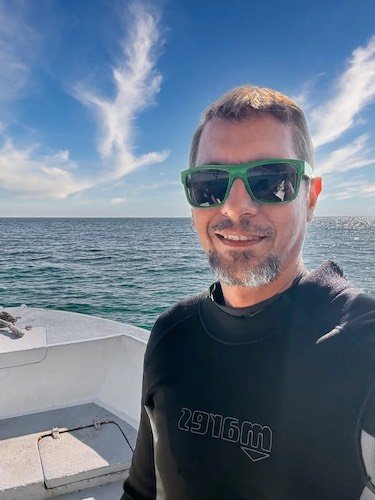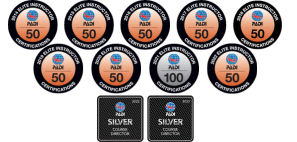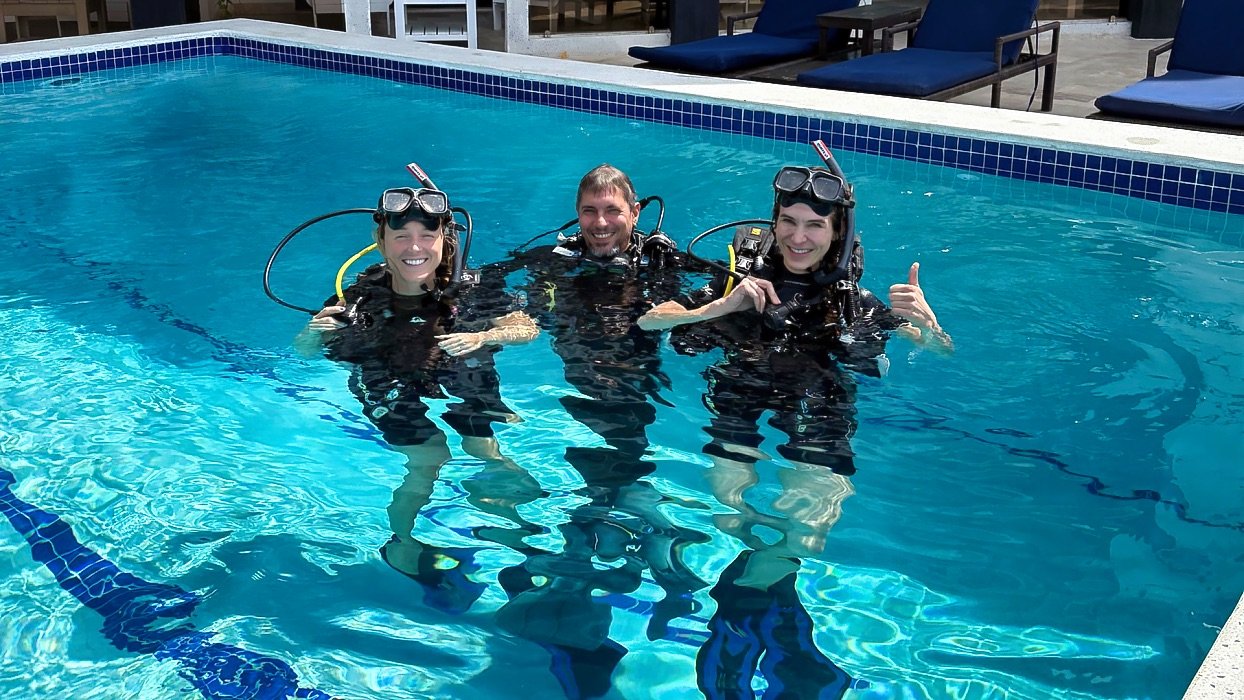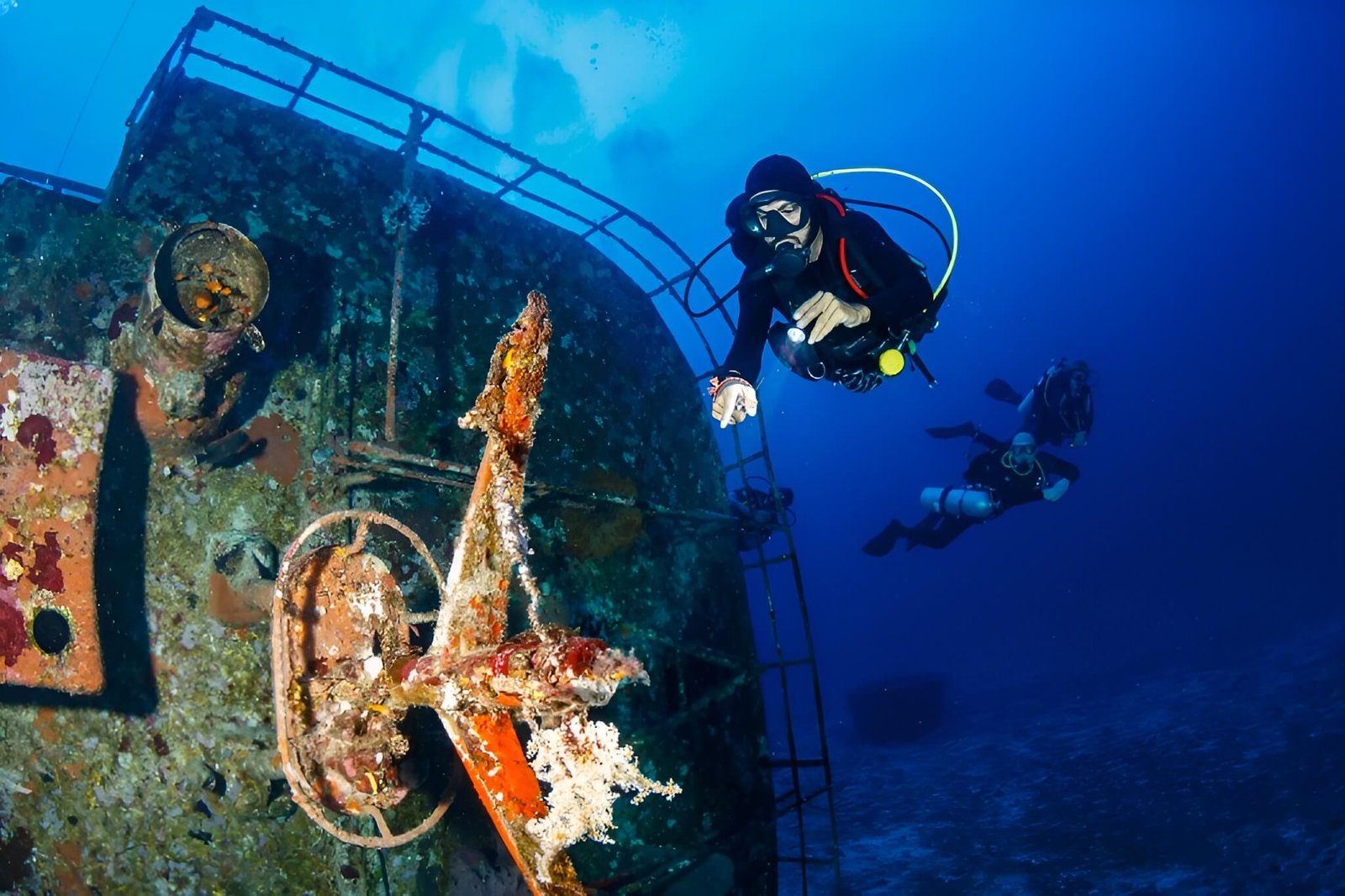
When I first became a dive instructor, I thought the certification would be enough to launch my dream career. But after a few months of applying for jobs and barely standing out, I realized something was missing. I had the passion and skills, but not the competitive edge. That changed when I earned my PADI MSDT certification. Suddenly, I was getting more job offers, earning better income, and finding new excitement in every course I taught.
What Exactly Is a PADI MSDT Instructor?
A PADI Master Scuba Diver Trainer is more than just an instructor with extra specialties. It’s a professional level that proves you’re experienced, dedicated, and capable of teaching a wide variety of courses. To become an MSDT, you need to have at least five PADI Specialty Instructor certifications and a minimum of 25 certified divers under your belt.
This combination shows that you’re not only skilled in advanced areas like Deep Diving, Wreck Diving, or Enriched Air Nitrox, but also experienced in working with real students. It’s a status that earns respect in the industry and opens up doors that entry-level instructor ratings simply don’t.
You can read the full course breakdown in the official PADI Master Scuba Diver Trainer program listing, but let’s look at what this means in real life.
Do MSDT Instructors Get Better Job Opportunities?
A PADI Master Scuba Diver Trainer is more than just an instructor with extra specialties. It’s a professional level that proves you’re experienced, dedicated, and capable of teaching a wide variety of courses. To become an MSDT, you need to have at least five PADI Specialty Instructor certifications and a minimum of 25 certified divers under your belt.
This combination shows that you’re not only skilled in advanced areas like Deep Diving, Wreck Diving, or Enriched Air Nitrox, but also experienced in working with real students. It’s a status that earns respect in the industry and opens up doors that entry-level instructor ratings simply don’t.
If you’re still working toward this level, the first step is completing your PADI Instructor Development Course, where you’ll build the foundation for your teaching career. However, you can talk with your Course Director and choose to complete your five specialty instructor ratings within your IDC itself. This approach can save time, reduce costs, and set you up to qualify as an MSDT as soon as you reach 25 certifications. I’ll explain more about the benefits of bundling specialties into your IDC below.
What Are the Advantages of Doing Your 5 Specialties During the IDC?
If you’re planning your IDC, here’s a smart move that can set you apart right from the start: complete your five specialty instructor ratings within the IDC itself. It’s more common than you think, and the benefits are well worth it.
Here’s why this approach makes sense:
- Bonus specialties included: Many Course Directors will offer you a sixth specialty for free when you enroll in five specialties during your IDC.
- PADI incentives: At times, PADI runs promotions such as “5 specialty applications for the price of 4”, which can reduce your post-course costs.
- Immediate teaching eligibility: As soon as you receive your instructor teaching status, you can start teaching those specialties right away—you don’t need to wait until you officially become an MSDT.
- Faster path to MSDT certification: Teaching specialties helps you reach 25 student certifications quickly, allowing you to apply for MSDT sooner.
- Higher income from the beginning: Specialty courses typically have higher value, helping you boost your earnings from your very first teaching contracts.
- Stronger job applications: Even before earning the MSDT title, having multiple specialty ratings already gives you more leverage than OWSI-level instructors.
- Minimal time investment: You can usually complete all five specialty instructor ratings in just three or four extra days added to your IDC schedule.
This strategy not only saves time and money, but it also launches your career with momentum. You’ll leave your IDC fully equipped to teach a range of high-demand specialty courses—and that’s a major advantage in today’s diving job market.
Can You Actually Earn More as an MSDT?
Absolutely. Basic instructors are typically limited to beginner courses, which often means smaller course fees and lower commissions. But as an MSDT, you can offer high-value specialty training that generates additional income. Courses like Wreck Diver, Enriched Air Nitrox, and Digital Underwater Photography are incredibly popular and often come with premium pricing.
Many dive centers even offer bonuses or commission structures for instructors who sell specialty training to their students. So, not only are you creating better divers, you’re also creating new revenue streams for yourself. It’s a win-win.
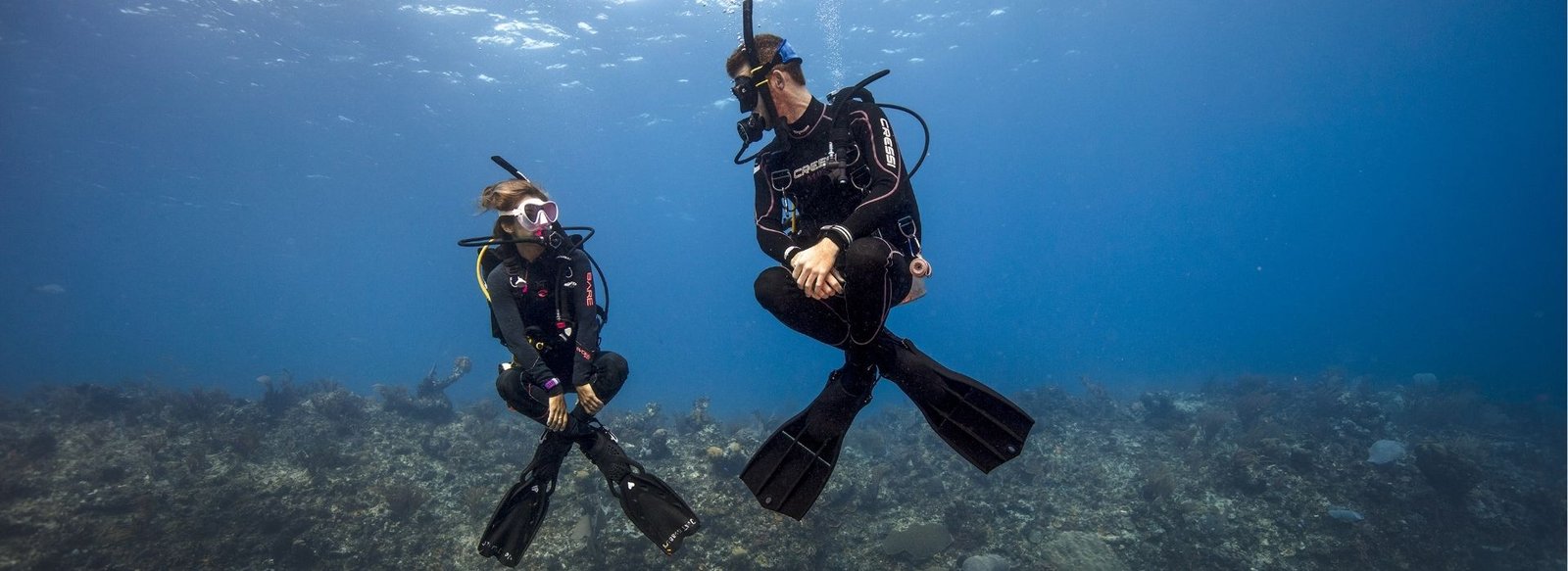
How Does MSDT Improve Your Teaching and Leadership?
The MSDT level isn’t just about what you teach, it’s about how you teach. You’ll gain deeper experience managing students in various environments, whether it’s low-visibility wreck dives or navigating strong currents on deep dives. These situations push your confidence, improve your instructional techniques, and sharpen your decision-making skills underwater.
It also helps you develop better communication strategies, which is essential for handling nervous students or adapting to different learning styles.
If you plan to grow into higher roles like IDC Staff Instructor or eventually PADI Course Director, MSDT is a required step. And if you’re unsure about what path suits you best, my Instructor Career Consulting can help you build a personalized roadmap based on your goals.
Can You Align Teaching With Your Personal Passions?
One of the most rewarding aspects of becoming a Master Scuba Diver Trainer is the ability to choose specialties that excite you. Whether your heart is in marine conservation, wreck diving, or search and recovery, you can align your course offerings with your own interests.
This keeps your work fresh and exciting, helping you avoid burnout. It also makes you a more engaging and authentic instructor, because students can tell when you truly love what you’re teaching.

What Kind of Edge Does MSDT Give You in the Dive Industry?
The MSDT certification sets you apart. It shows that you’ve taken extra steps to refine your craft and offer more to your students. In the eyes of an employer or student, that distinction matters.
It also makes it easier to build your own dive education business. With the ability to teach multiple specialties, you can guide students from beginner to advanced levels without ever needing to pass them off to another instructor. This creates better continuity for students and a stronger business model for you.
If you’re ready to take that next step, explore our Master Scuba Diver Trainer course and see how we can support you.
Is Becoming an MSDT Instructor Worth It?
In short, yes. It boosts your employment options, increases your income, and enhances your ability to teach with confidence. It helps you stay passionate about diving while building a stable and meaningful career.
Whether you’re aiming to work in top global destinations, specialize in your favorite types of diving, or eventually lead your own instructor training programs, the MSDT certification is your launchpad.
Built for Dive Instructors Ready to Stand Out
Ready to Go Further?
If you’re only teaching entry-level courses, you’re leaving money on the table.
MSDT lets you teach specialties, earn more, and stand out.
Book your free call and I’ll show you how to fast-track it.
